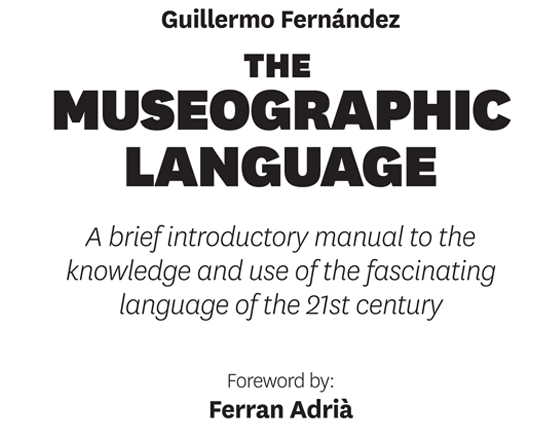This double-entry table shows an overview of how the two assets of the museographic language just discussed (the object and the phenomenon), generate the four communicational resources of the museographic language, based on their communicative role in an exhibition: the Artifact, the Model, the Demonstration and the Analogy:
The museographic language is fundamentally characterized by its basic assets (the tangible object and phenomenon), which are the components of tangible reality.
All languages can be used literally or metaphorically. In the museographic language it thus happens that an object or a phenomenon, despite being real and tangible, can be used either literally (presented) or metaphorically (representing another thing or concept). In the latter case, the resources of the model and the analogy emerge in the right column, which, because they are real and tangible, are also considered full-fledged museographic resources, although they have a greater degree of mediation than the artifact and the demonstration. It must be taken into account that this mediation is an external intervention that can ultimately bring about a certain expressive limitation with respect to the artifact or the demonstration1
Despite the conceptual classification proposed by the table above, it is very important to highlight that phenomena and objects, as resources of the museographic language, are deeply interdependent and intimately intertwined making up reality in conjunction. This relationship also occurs, by the way, between the resources of other languages. Most of the phenomena are associated with one or several objects that justify their use in the exhibition area. Similarly, certain objects take on their full meaning when they trigger a specific phenomenon.
A typical example of the above is the creation of a rainbow in a museum exhibition. The rainbow (phenomenon) is possible thanks to a ray of white light and a glass prism that breaks it up (object). Analogously, although perhaps in a more balanced manner, an 11th century oil amphora (object) could still retain a certain aroma of the olive oil it originally contained (phenomenon).
Next: Types of objects and phenomena.
Previous: The auxiliary resources of the museographic language.

